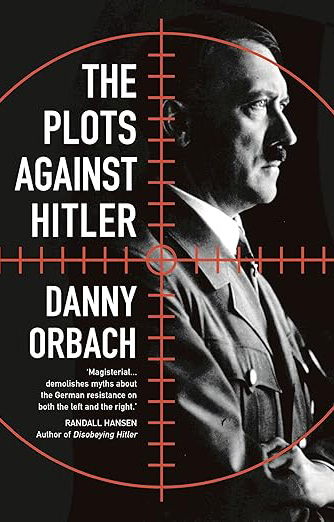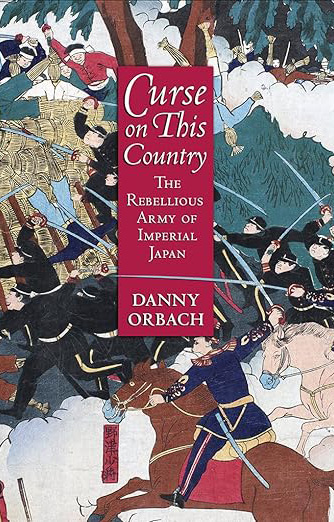Punishment: Behind Japanese Military Brutality
In this book we present an in-depth exploration into a disturbing
question: Why and how did the Japanese Army, during WWII, descend into a vortex
of brutality, marked by atrocities such as murder, rape, arson,
and looting? Many believe that such horrors distinguished it starkly from other
military forces of the era, putting it in par with the notorious armies of Hitler
and Stalin. Our narrative is not merely a recounting of events but an in-depth
inquiry into the evolution of Japanese military ethics and brutality, explored through a long-term
perspective.
This book will explore the historical evolution of war morality,
tracing the complex development of the laws of war in the context of modern
Japanese history. We will examine pivotal questions that are key to
understanding this transformation: Whom was it permissible to kill in war, and
why? How did the treatment of enemy civilians by the Japanese Army evolve
across different periods, from the rainforests of aboriginal Taiwan in 1874 to
the urban slums of Manila in 1945? Additionally, we will investigate the
influences behind these changes: Who were the advisors, jurists, generals, and
experts who played roles in shaping this trajectory, for better or worse, and
the soldiers who played their part in the drama? To what extent did the
enduring legacy of samurai culture and the incorporation of Western military
ideologies influence the actions of Japanese soldiers? Most critically, we aim
to identify if there was a specific turning point that escalated the Imperial
Army’s brutality towards civilians and, if so, understand why it occurred.
‘Punishment: Behind Japanese Military Brutality’ is envisioned as
more than a historical account; it is an introspective journey into the factors
that sculpt military conduct and ethical boundaries, seeking a new explanation
for wartime horrors in East Asia and beyond.
Note on sources:
“Punishment: Behind Japanese Military Brutality” is grounded
in primary and secondary sources across multiple languages, including Japanese,
Chinese, English, German, Russian, and French. The research involved a thorough
exploration of Japanese Archives — the National, Military, and Foreign Affairs
Archives in Tokyo, along with the JACAR database. This extensive investigation
covered a wide range of materials such as military documents, official notes, diplomatic
reports, judicial records, army and navy manuals, and crime statistics. Additionally, the study
incorporates published collections, letters, diaries, court
testimonies, and judicial transcripts.
In English, the research encompassed an in-depth examination of
the national archives in London and Washington D.C., alongside numerous smaller
private archives and collections. The Russian dimension of the study involves
significant engagement with official documents, studies, and reports from the
First Sino-Japanese War, the Boxer Rebellion, and the Japanese intervention in
the Russian Civil War from archives in St. Petersburg, Moscow and Vladivostok.
Table of
Contents
Introduction
Part I: Pursuit
of Civilization
Chapter 1: Potato Samurai: Introducing
the Principle of Punishment
Chapter 2: Knights, Samurai and
Barbarians: The Standard of Civilization
Chapter 3: Under Foreign Eyes: The
Taiwan Expedition, 1874
Chapter 4: Fighting a Civilized War:
The Sino-Japanese War, 1894-1895
Chapter 5: Relapse into Barbarism? The
Massacre of Port Arthur, November 1894
Chapter 6: Race to the Bottom, Race to
the Top: The Boxer Rebellion, 1900
Chapter 7: Vengeance: The Allied
Expedition to Beijing, June-August 1900
Chapter 8: “The Foot of the White
Man”: Japan and the Allied Occupation of Beijing, 1900-1901
Part II: The
Banditization of Warfare
Chapter 9: Burning Sorghum Fields: The
Dark Corner of the Russo-Japanese War, 1904-1905
Chapter 10: Red Beards: The World of
the Mounted Bandits
Chapter 11: Playing on the Russian
Chessboard: Japan Enters Siberia, 1918-1919
Chapter 12: “Burn,
Irrespective of Size”: The Road to Ivanovka, 1919
Chapter 13: The Beast Tugs at its Chains: Nikolaevsk and its Aftermath, 1920
Chater 14 The
Seeping Oil: Pursuing Chinese “Bandits”: 1931-1937
Part III: The Road to Nanjing,
1937
Chapter 15: Punishment
Resurgent: From Shanghai to Nanjing
Chapter 16: “Wipe them All”:
The Decision to Kill the Prisoners
Chapter 17: Security and Purity: The Hunt for Hidden Soldiers
Chapter 18: City of Death: The Rape of Nanjing
Chapter 19:
Under Dimming Eyes: The Decline of the Foreign Gaze
Epilogue: The Pacific War
Chapter 20: Brutality
without Bandits: The Death March of Bataan
Chapter 21: A
Sinking Ship: Reaching Rock Bottom in Manila, February 1945
Conclusion: Behind Japanese Military Brutality


